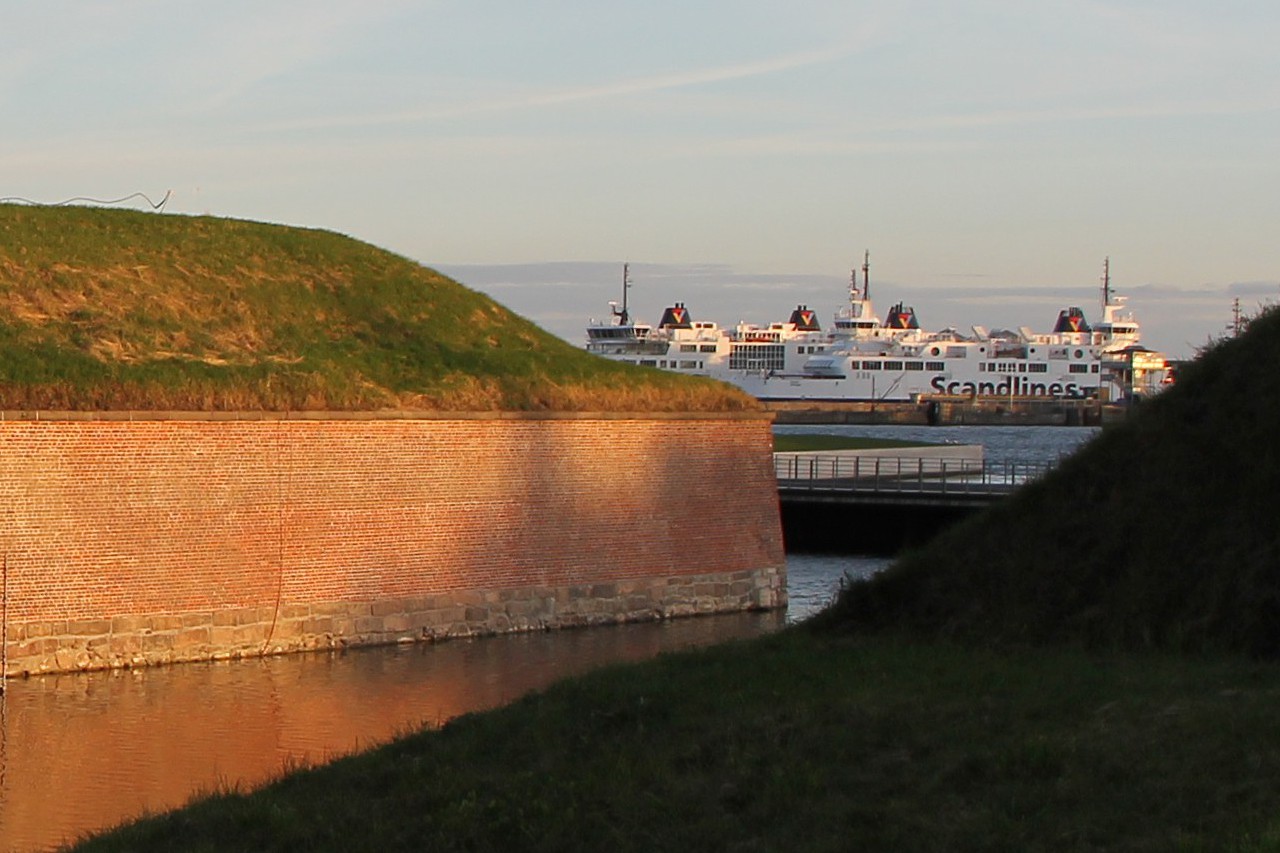Kronborg Castle
In the evening, we briefly stopped at Kronborg castle (Kronborg slot), located 45 kilometers from Copenhagen, on the banks of the Øresund strait near the town of Elsinore, known as "Hamlet's Castle".
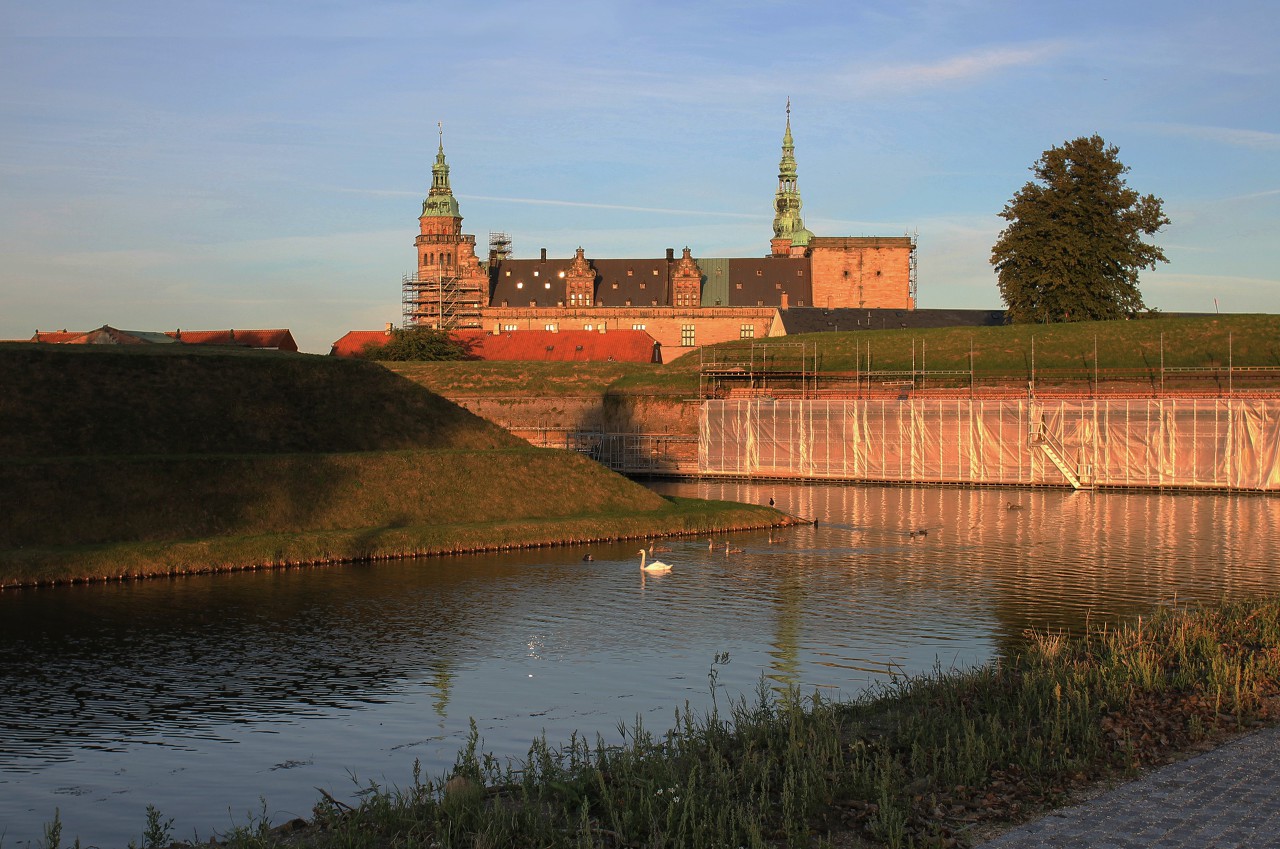
By the 15th century, the eresund Strait had become an important trade corridor linking the Baltic with Western European countries. To collect duties from passing ships in the 20s, the Danish king Erikok VII "Pomeranskyj" built in the narrowest two fortresses Krogen (Krogen) and Kernan (Kärnan). The amount of fees was determined in a very original way: the captains of merchant ships were required to report the exact amount of cargo, and its cost could be reported at their discretion. However, it did not make sense to underestimate the cost in order to reduce the duty, since the Royal authorities had the right to buy this cargo at the advertised price.
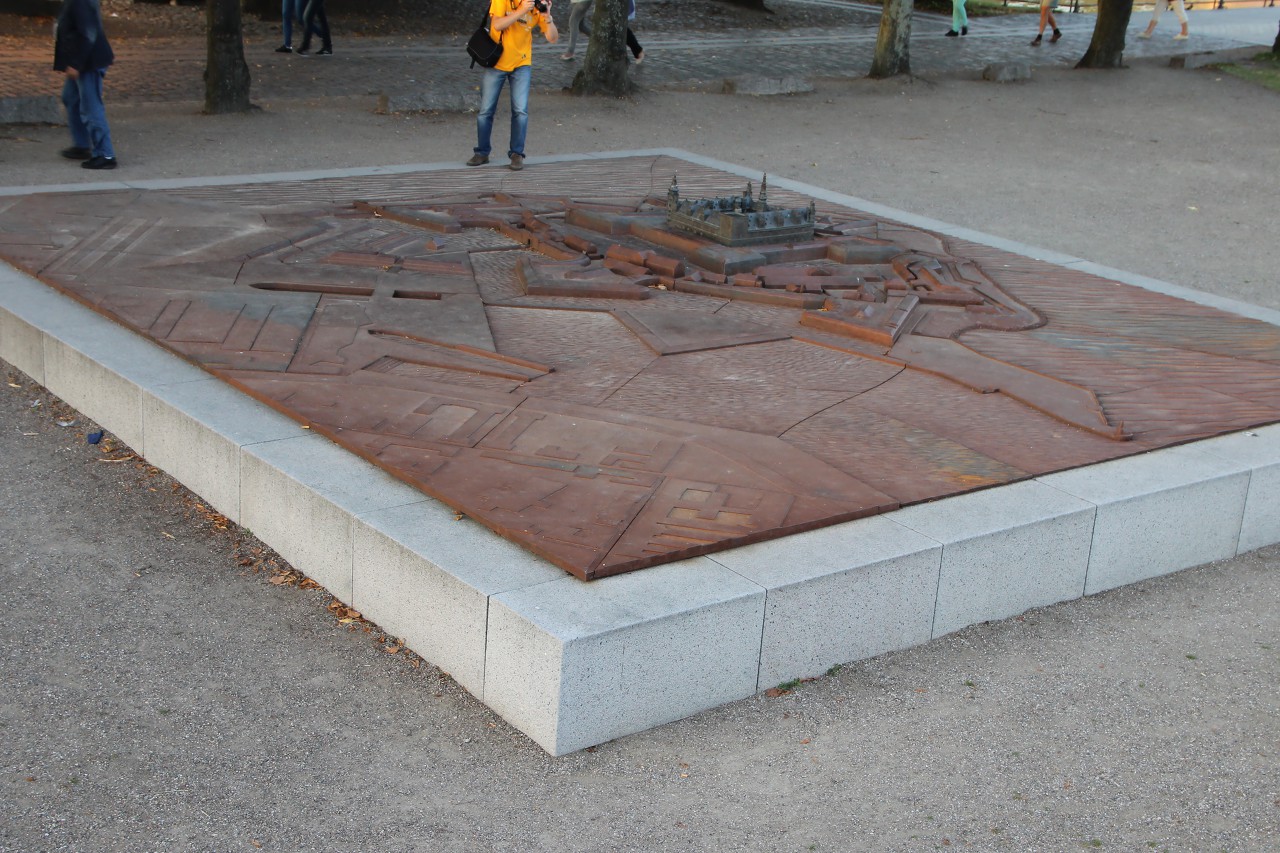
The fortress of Krogen was built on a sandbar and consisted of several buildings surrounded by a wall. After the seven Years ' war, in 1750 king Frederick II ordered to strengthen the fortress. Under the direction of the Flemish engineer Hans Hendrik van Paesschen, construction of new bastions and walls began, completed in 1577. At the same time the castle was named Kronborg.
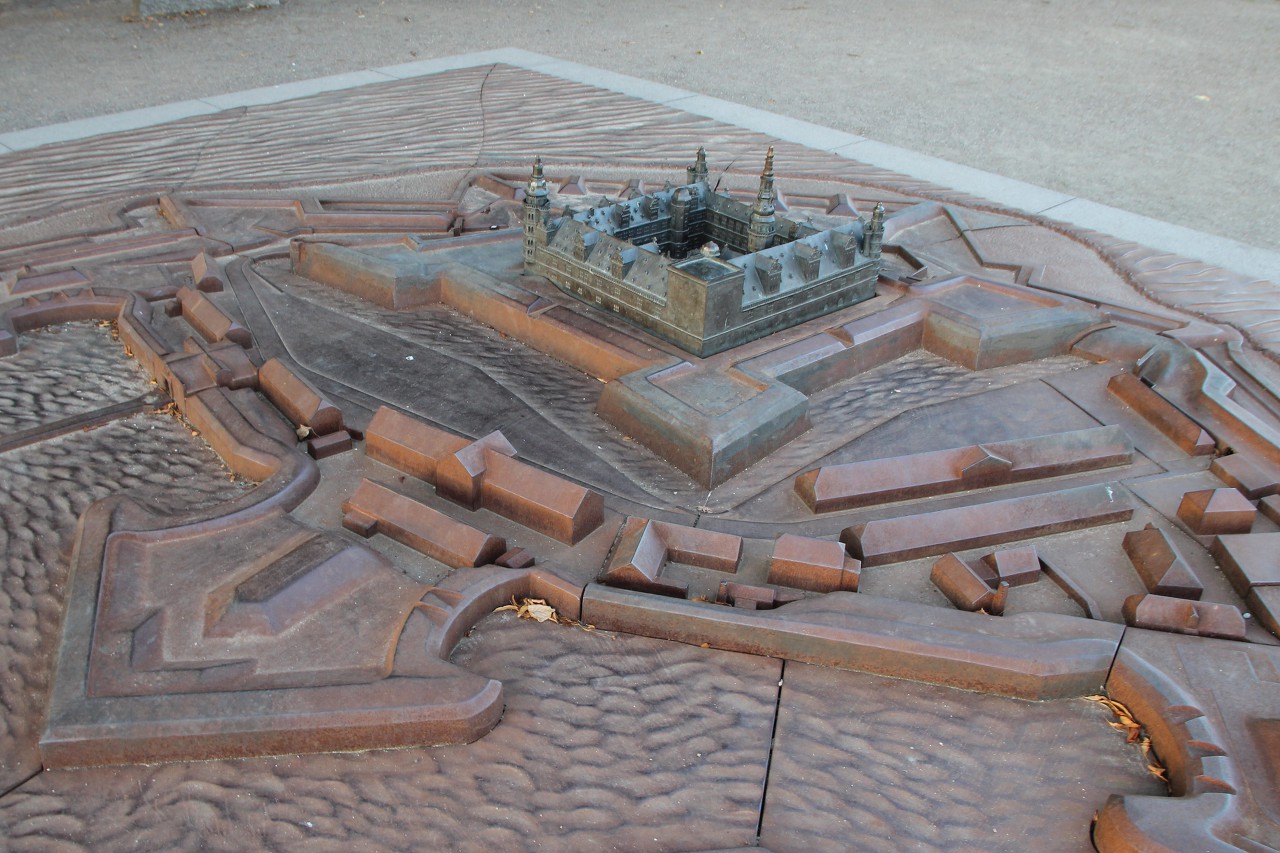
A year later, again by the Flemish Anthonis van Obbergen, the two-story building in the center of the castle was expanded and added to, turning into a magnificent Palace. The exterior walls were faced with Sandstone, the towers were decorated with sculptures by Gert van Groningen, and the roof was covered with copper sheets. Frederick II, was a passionate fan of theatrical art, and since 1779, the castle began to put on performances.
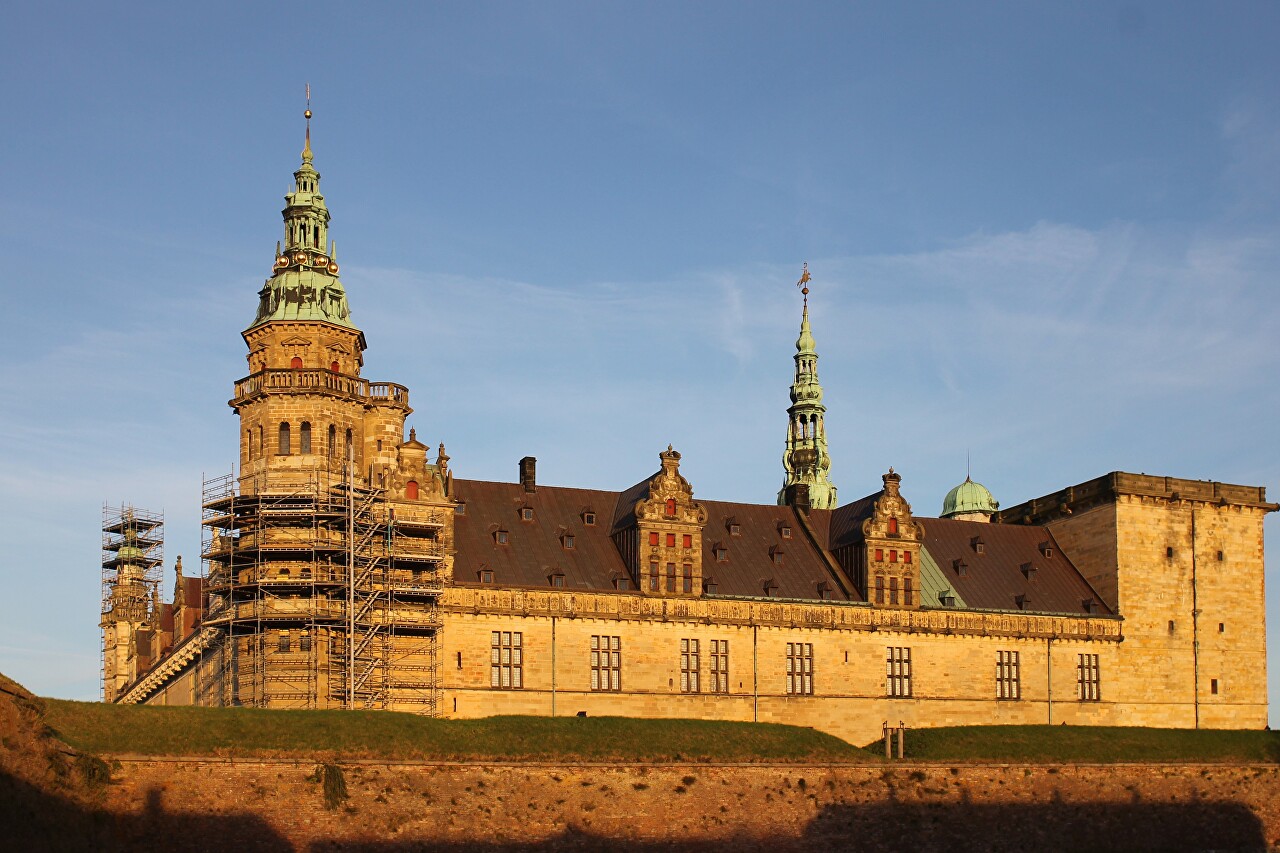
In 1629, a fire destroyed most of the Palace's premises, in 1631, reconstruction work began, and by 1639, the castle had received new halls and rooms in the Baroque style, even more luxurious than before. During the Danish-Swedish war of 1658-60, the castle was occupied by the Swedes and looted, most of the art was taken to Stockholm. The war showed that the castle was not sufficiently protected, so in 1688-90 a new line of external fortifications was built, making Kronborg the strongest fortress in Europe.

Since 1739, the fortress was used as a penal prison for dangerous criminals, where murderers, rapists, and arsonists served their sentences. Prisoners were kept in damp, cold basements, and, shackled, performed heavy work on the construction of fortifications. The prison lasted until the 20th century, when it lost its defensive significance and the military left the fortress in 1923.
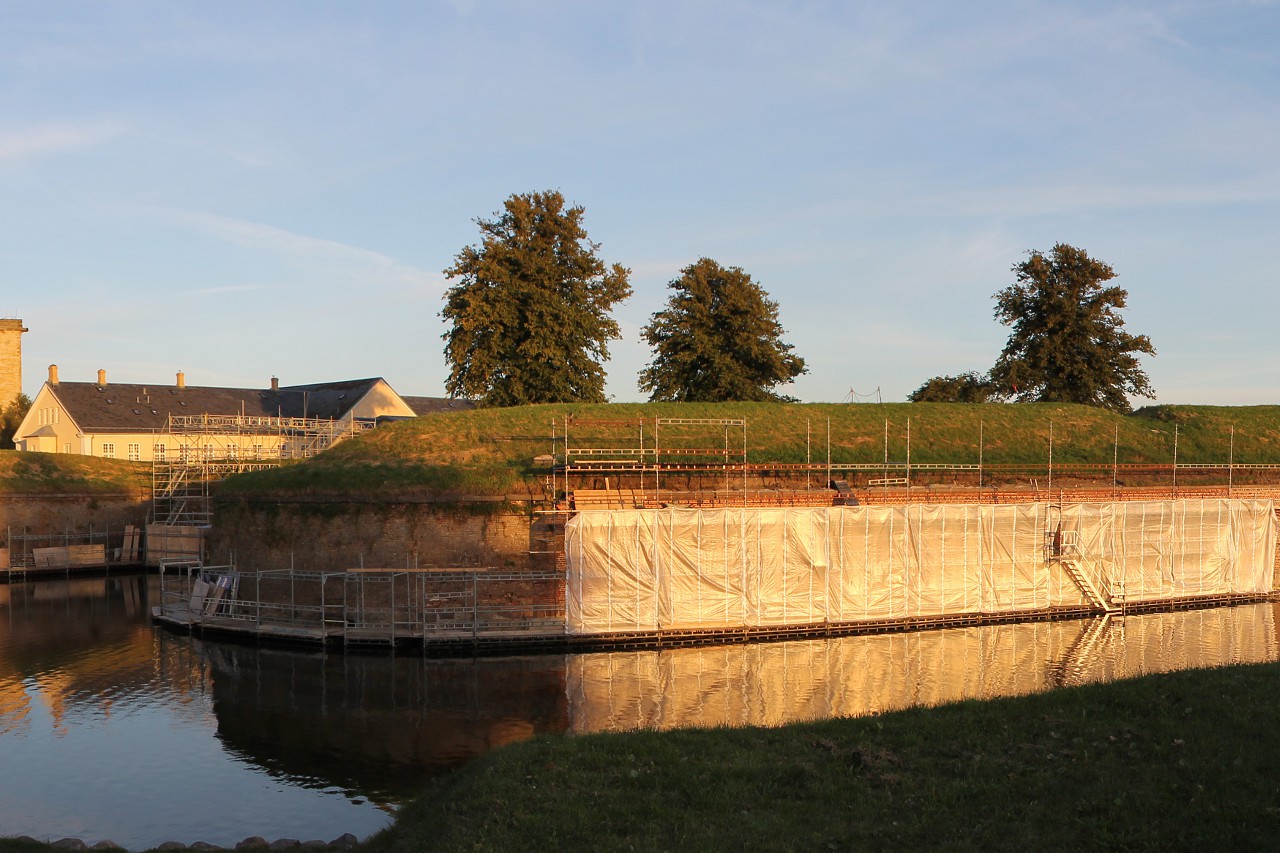 .
.
In 1938, the castle was renovated and opened to the public. The castle became famous as the scene of the famous tragedy "hamlet" by William Shakespeare. The first theatrical performance based on the great work was staged here on the occasion of the bicentenary of the author's death, and since then it has been held regularly. Famous actors are invited to play hamlet. The castle is one of the most important buildings of the Renaissance in Northern Europe and was included in the UNESCO world heritage list on November 30, 2000. In 2015, the castle opened a Maritime Museum that tells the history of the Danish Navy. Opening hours: from may to September from 10 to 17 hours, in other months from 11 to 16, daily, except Christmas and New Year. The price of the ticket is 95DKK (about 13 euros).
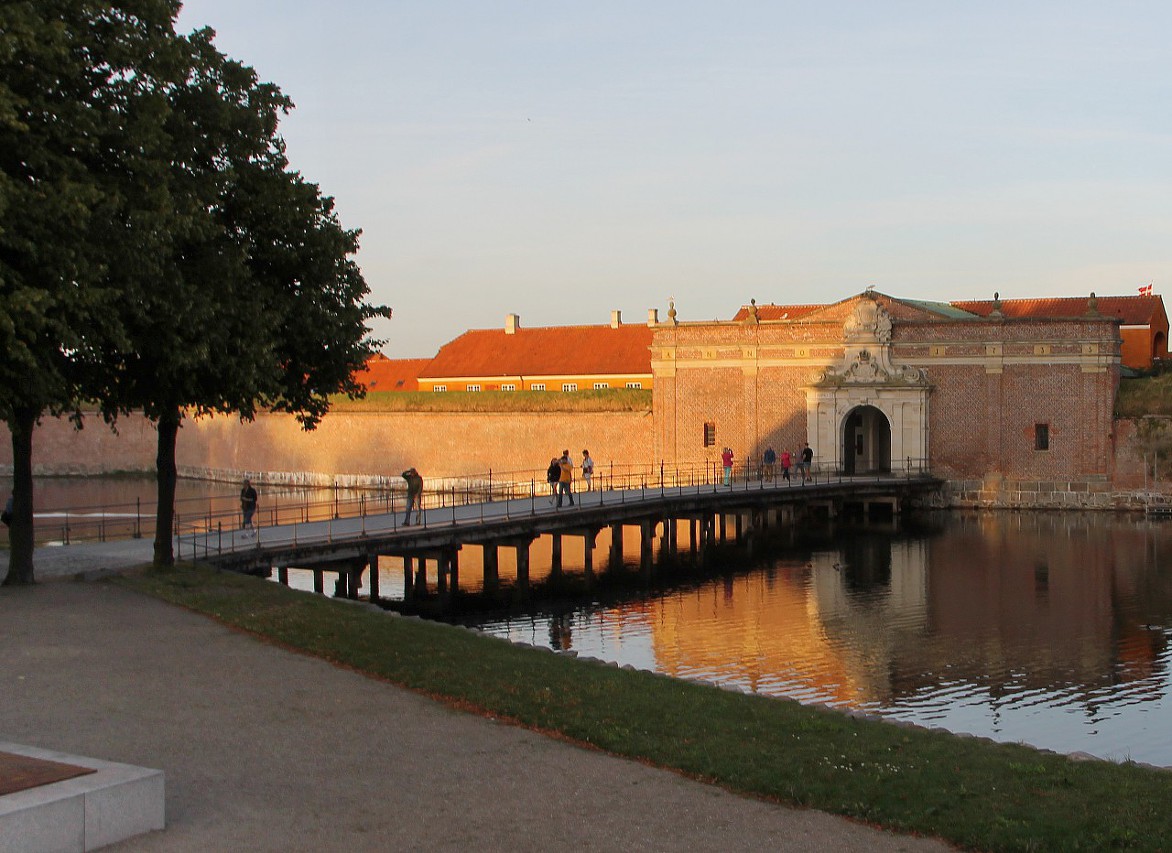
Behind the moat, you can see the city of Helsingør (Elsinore) and the Church of St. Mary (Sankt Mariæ Kirke).
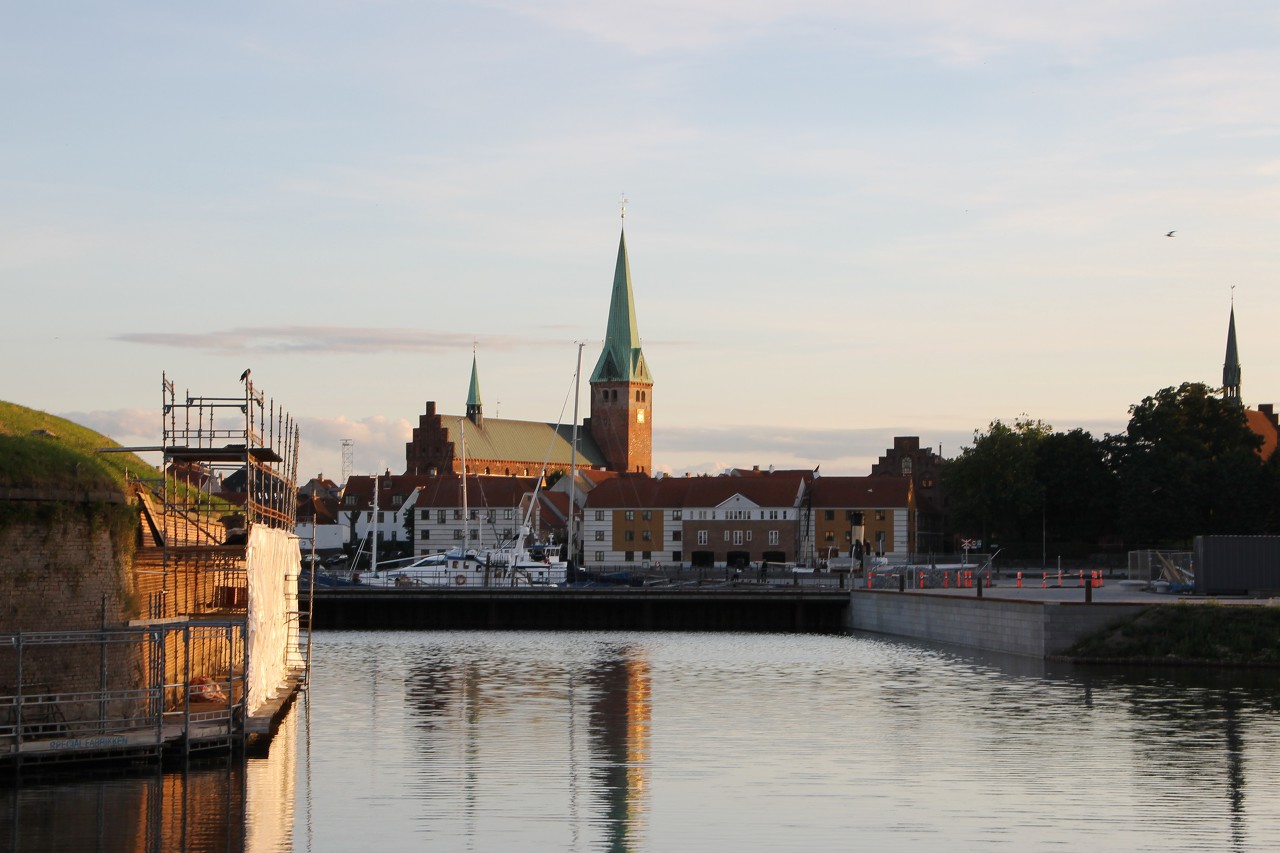
To the north of the castle is the Scandilines ferry terminal linni Helsinger-helsinborg, from where we will cross the Øresund strait.
